Affiliate links on Android Authority may earn us a commission. Learn more.
ASUS Chromebit review - the little Chrome OS dongle that could
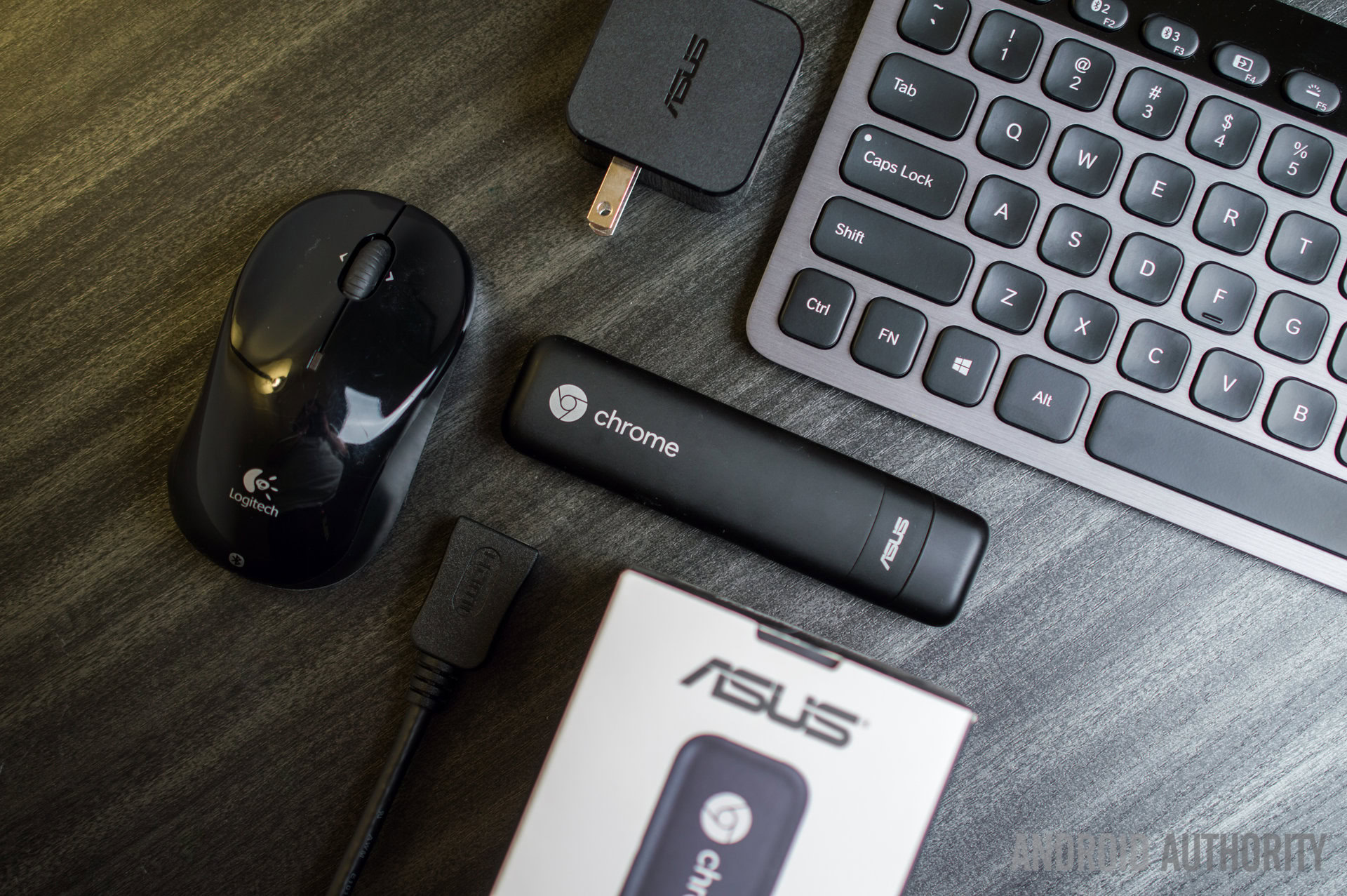
Current Google CEO Sundar Pichai once said he wanted to see Chrome and Android in every screen available, a goal that is now looking more real than ever. Android is obviously all over the spectrum, but there is a whole other beast Google has been very good at taking over the market with – Chrome OS.
This web-based operating system now exists on laptops, desktop computers and even all-in-one PCs. These are known as Chromebooks, Chromeboxes and Chromebases, but that is not where Google wants to let things end. This light, fast and affordable platform is now making its way into a new form-factor that allows more flexibility.
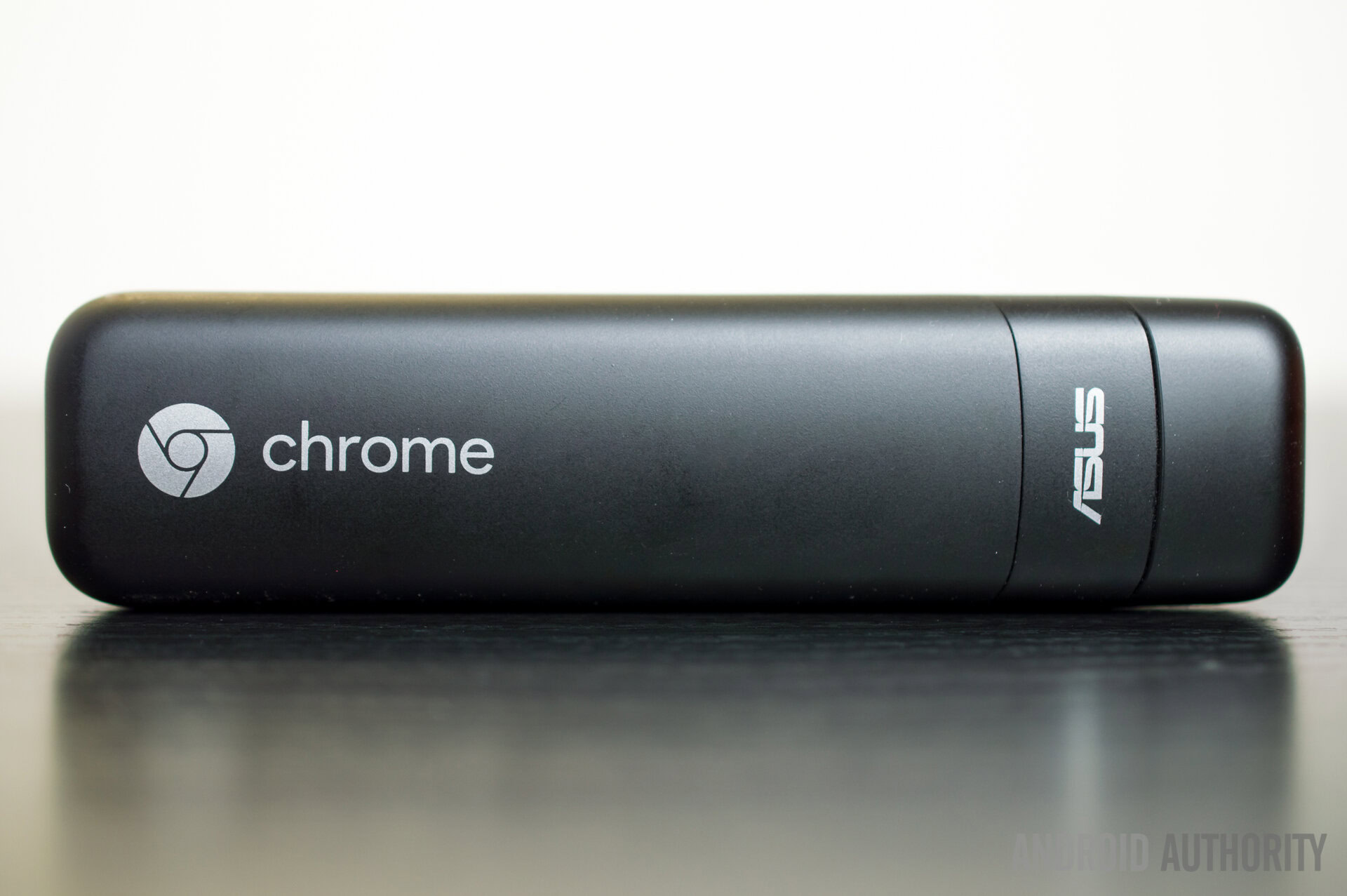
Today we are focusing on the ASUS Chromebit, a small dongle that can fit into any pocket and convert any HDMI-enabled screen into a full-fledged Chrome OS device. Yes, even your TV, likely the largest screen you own.
But what is the benefit here? That is something we will talk more about later in the review, but let me give you a little teaser here – the ASUS Chromebit is only $84.99. Interested? Keep reading for more details!
Design & build quality
Thinking back on how big computers needed to be just a decade ago, this thing does seem like a marvel. We used to own large boxes that took over a huge part of our desks. Now I find myself getting an ASUS Chromebit in the mail, in a box that could easily fit a glass. This thing fits right in the palm of my hand and can easily outperform my first desktop computer. If you want numbers, it measures in at 123 x 31 x 17 mm. That’s just digits, though, so I am better off telling you it is about the size of one of those wide highlighters we used to have back in school.
The ASUS Chromebit certainly doesn’t look bad, but it’s also nothing to write home about. And that’s a good thing! This is not a product you will be showing off to anyone. It will live behind your screen and stay hidden most of the time, something it does a very good job at. It is discrete, both in size and aesthetics.
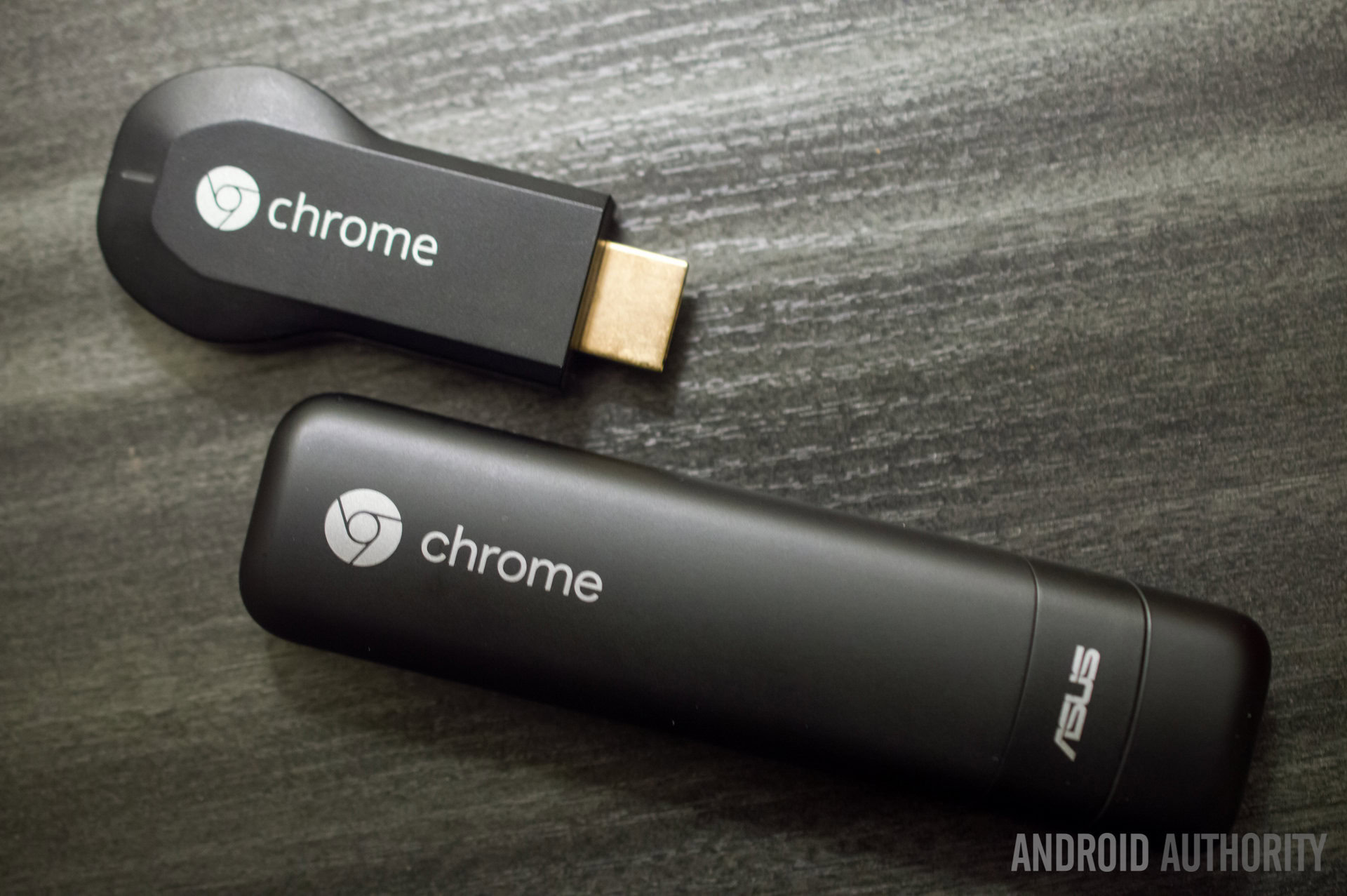
What you probably will care about is whether it’s well-built or not. After all, this is a portable device of sorts. The idea is that you can use it at your living room, desk, work, presentations and even hotel room. This jack of all trades can do it all, so it needs to be built to withstand such lifestyle.
Hopefully the guys at Asus never read this bit, but I actually dropped the Chromebit once. It fell out of my pocket and came out of this accident without a single scratch. Literally, the thing still looks new. This is pure testament of its good build quality, but you don’t need to mess up (like me) and put it to the test to know this. You can feel it right off the bat, the first time it lays on your hand.
Even if built mostly of plastic, the Chromebit definitely feels solid. It has a certain weight that let’s you know it’s definitely not a hollow product, a factor that gives off a level of security I never had with a Chromecast.
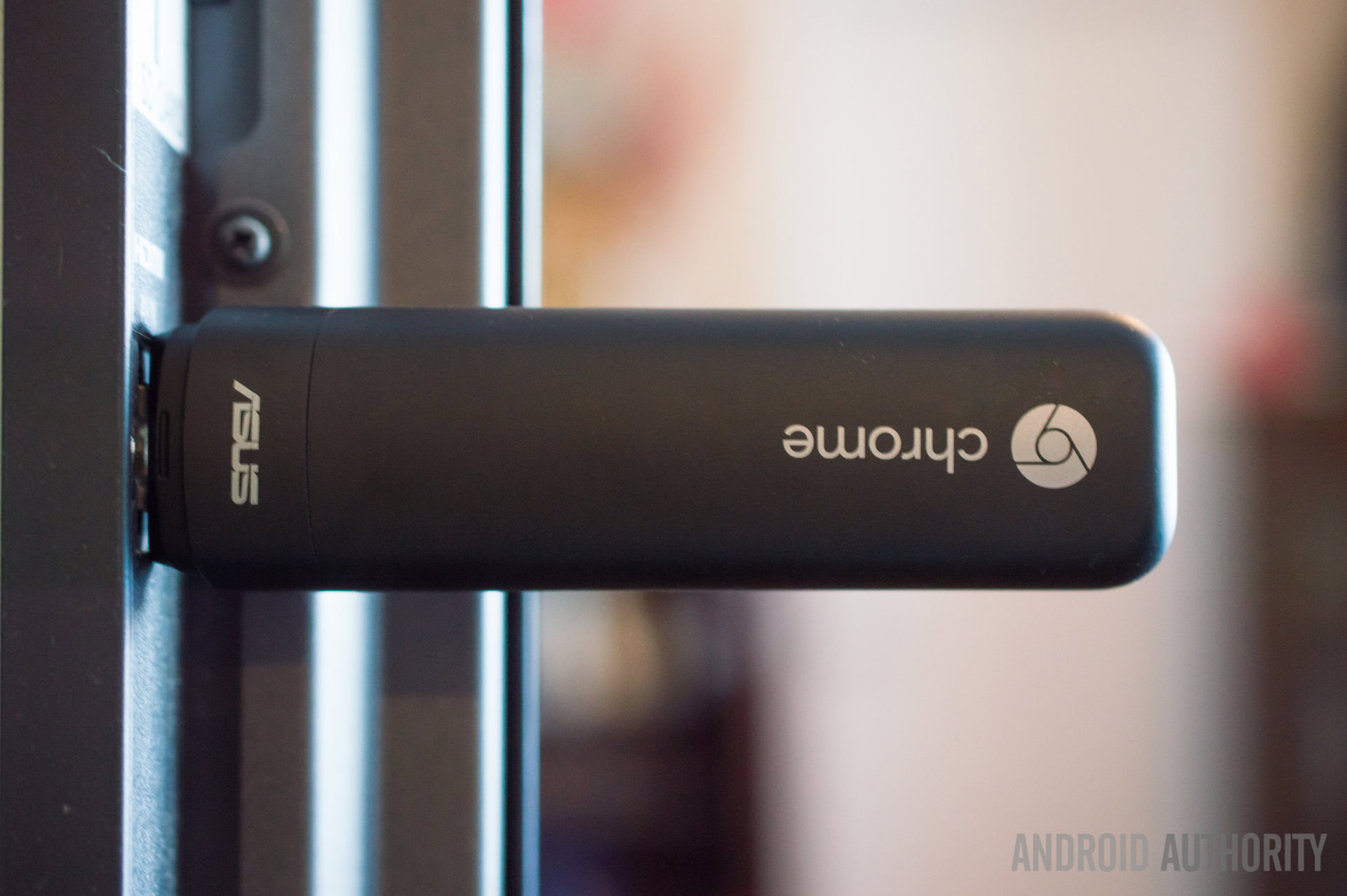
Hardware & specs
Let’s go through the externals first, shall we? Everything is pretty straight forward here. Uncover one end of the ASUS Chromebit and you will be presented with a full-sized HDMI connector. The box also includes an extension for those TVs that make it hard to connect this device directly to. On the other end we can find a USB 2.0 port for connecting all your peripherals and storage devices. There’s also a small power jack on the side, which is used to keep your mini PC alive.
Let me touch a bit on that energy system, though. It’s already bad enough that it uses a non-USB power port, but there are a couple other inconveniences I found here. For starters, you can’t plug this into the TV’s USB port and grab energy from there. This is justified, though, as it is a Chrome OS computer and needs more energy.
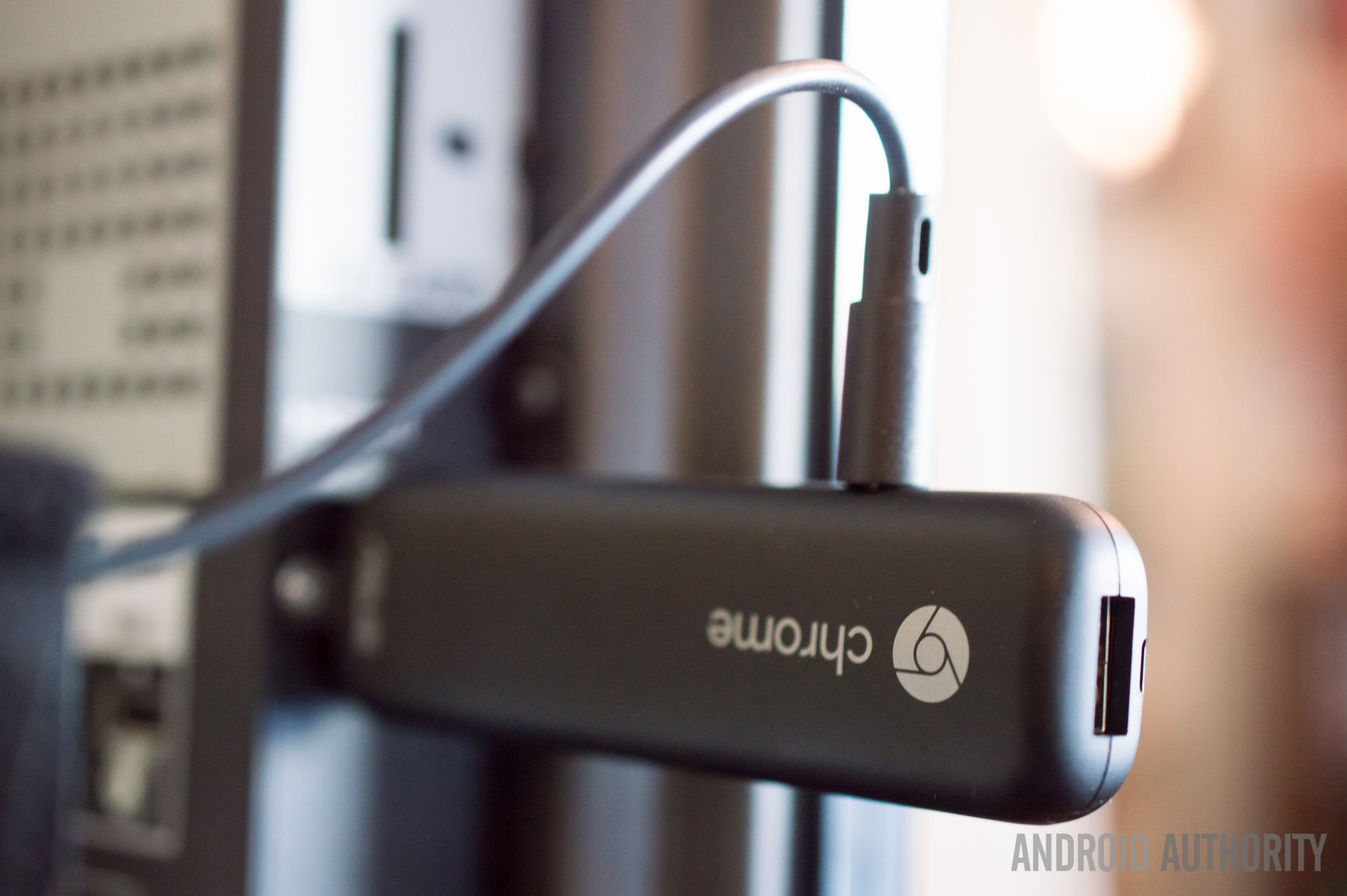
What really gets to me is that the included Power cable is uncomfortably short. I would say this cable is about 1.25 meters, which makes it a pain to plug in if your TV (or whatever screen you are using) is a tiny bit too far from an outlet.
How about them specs? Let’s go over them real quick.
- Chrome OS
- Rockchip quad-core RK3288C CPU
- ARM Mali-T624 GPU
- 2 GB of RAM
- 16 GB of internal storage
- 100 GB of Google Drive storage for 2 years
- WiFi 802.11 a/b/g/n/ac
- Bluetooth 4.0
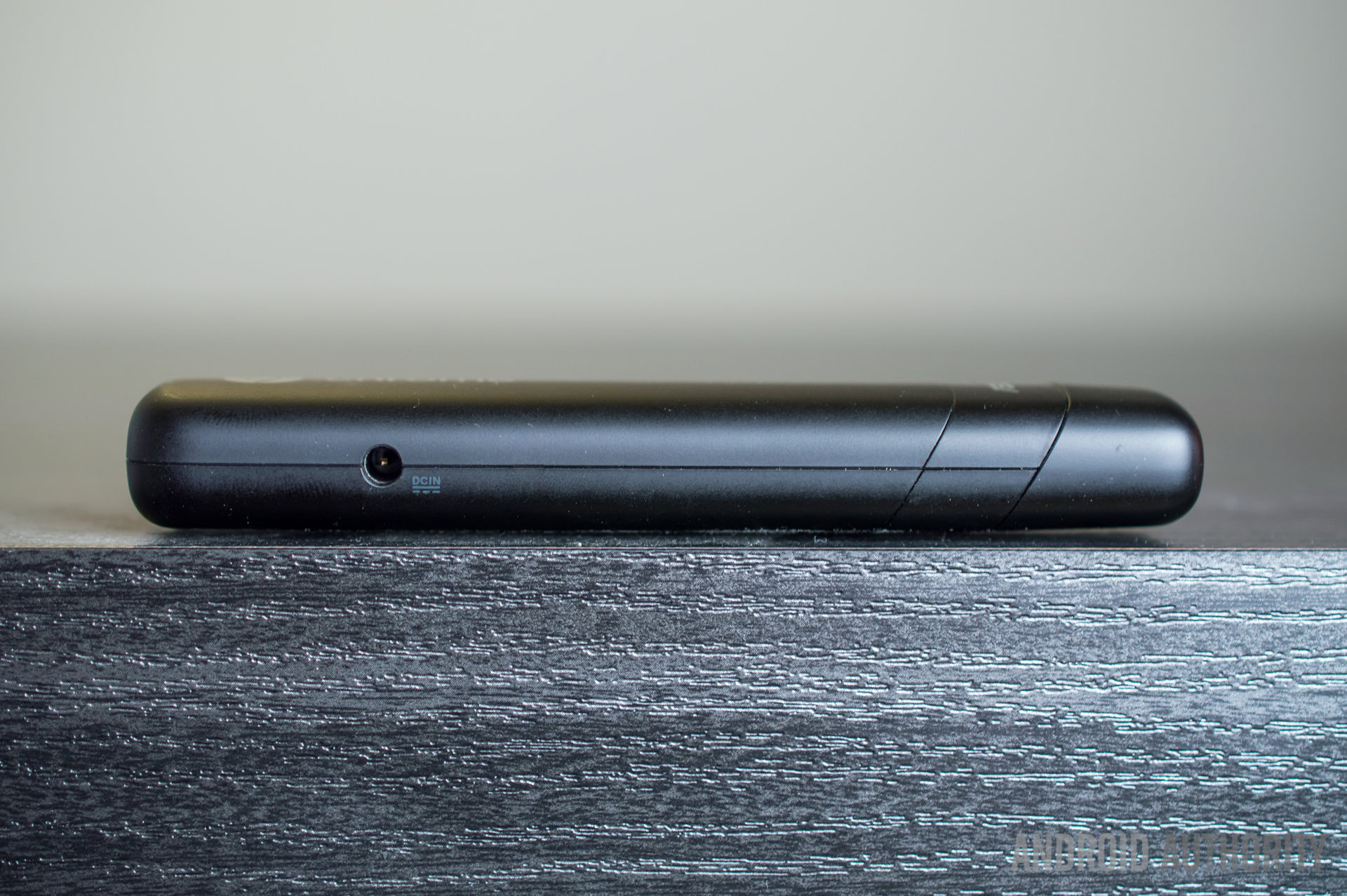
Performance and OS
Now, the moment of truth. How good is the ASUS Chromebit as a computer? Let’s begin with the OS, which will really be what most of you will care about. That is because, like most other Chrome OS devices, the Chromebit is very good at some things, but very bad at others.
Keep in mind this pretty much runs a glorified version of the Chrome browser. Google has added plenty of offline features and apps to Chrome OS, but that doesn’t take away from the fact that it heavily relies on an internet connection. Regardless, most people use computers for the internet alone, which is the whole idea behind the very existence of this operating system.

The only thing to keep in mind is that you will have to sacrifice popular programs that any user would otherwise have at their disposal when working with Windows, Mac OS X or Linux. Say goodbye to Photoshop, Lightroom, Microsoft Office, most games and any other program you would usually run natively from a PC. Everything is web-based (or limited).
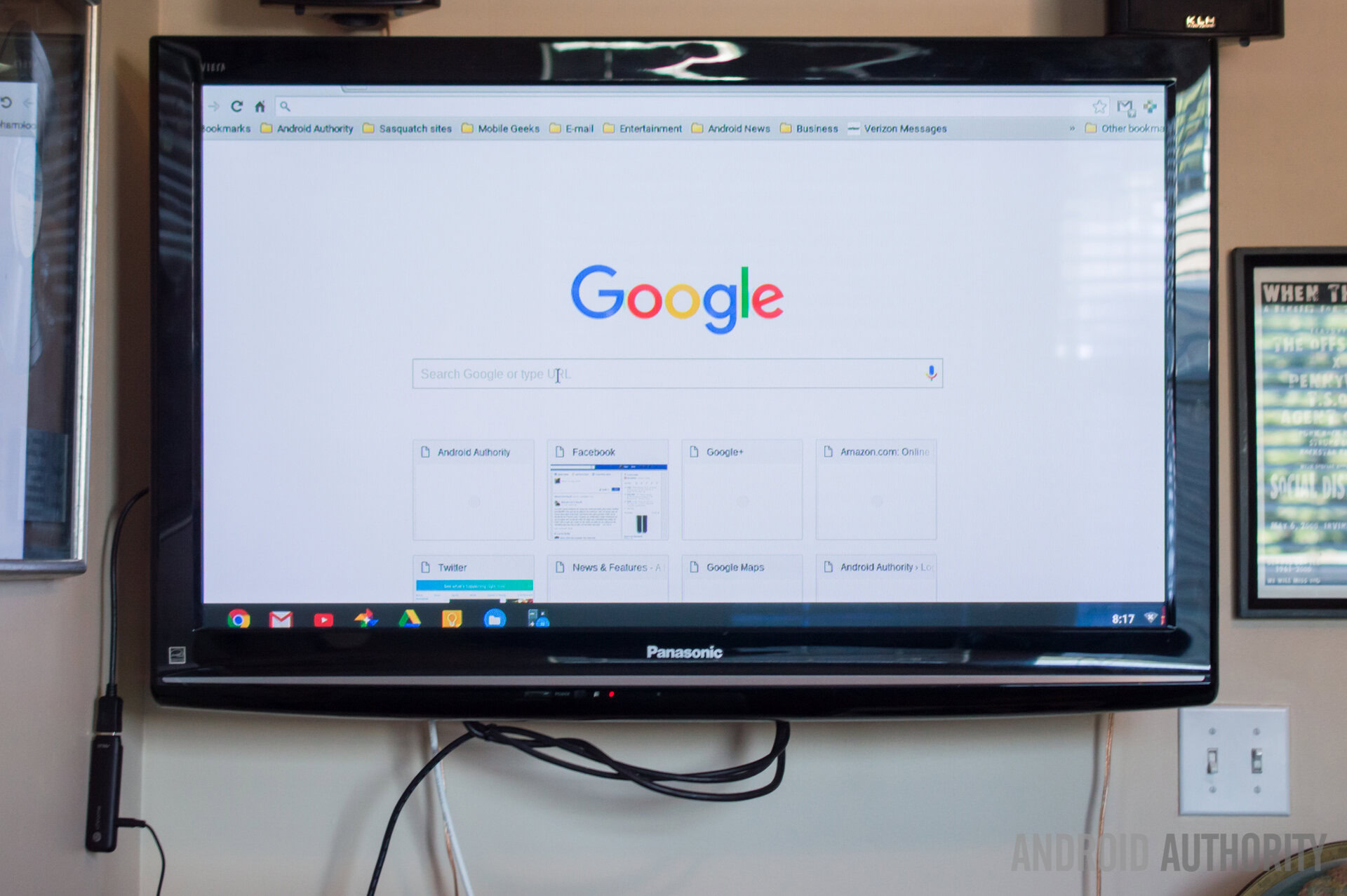
That’s not to say the OS is bad, as there are plenty of benefits to be had with it. Keep in mind that because it is a web-based OS, it is also very light. Super light. This thing will boot up faster than any other computer. In fact, the Chromebit was usually on by the time my TV decided to boot up. And because it doesn’t need much resources, it can run very well without crazy specs.
This takes us to the next point – how well does the ASUS Chromebit perform? Those who have used a lower-end Chromebook will find a very similar experience going on here. The computer runs perfectly if you are a basic user. I was streaming Full HD videos with no issue, and I never saw any hiccups with casual usage. Nor did I find any bugs or problems.
My only gripe with the Chromebit is that those 2 GB of RAM are definitely not enough for any multi-tasker out there. I found that even having 4 tabs open started slowing down the machine, something that is simply unacceptable in my line of work.

Should you buy the ASUS Chromebit?
With that, we come back to the question you asked yourself at the beginning of this review – should you buy an ASUS Chromebit? As it goes with most devices, the answer is not as simple as a “yes” or “no”. I will tell you this device is not for everyone, though. Who is it for?
It’s portability and affordable price point make it a great secondary computer for those who move around frequently, are always on-the-go, or need a good presentation machine. It will take care of all your browsing needs, as long as you don’t go nuts with multi-tasking. Now, things may be a bit more complicated if you want to make this your primary computer, but it’s definitely doable depending on your needs.
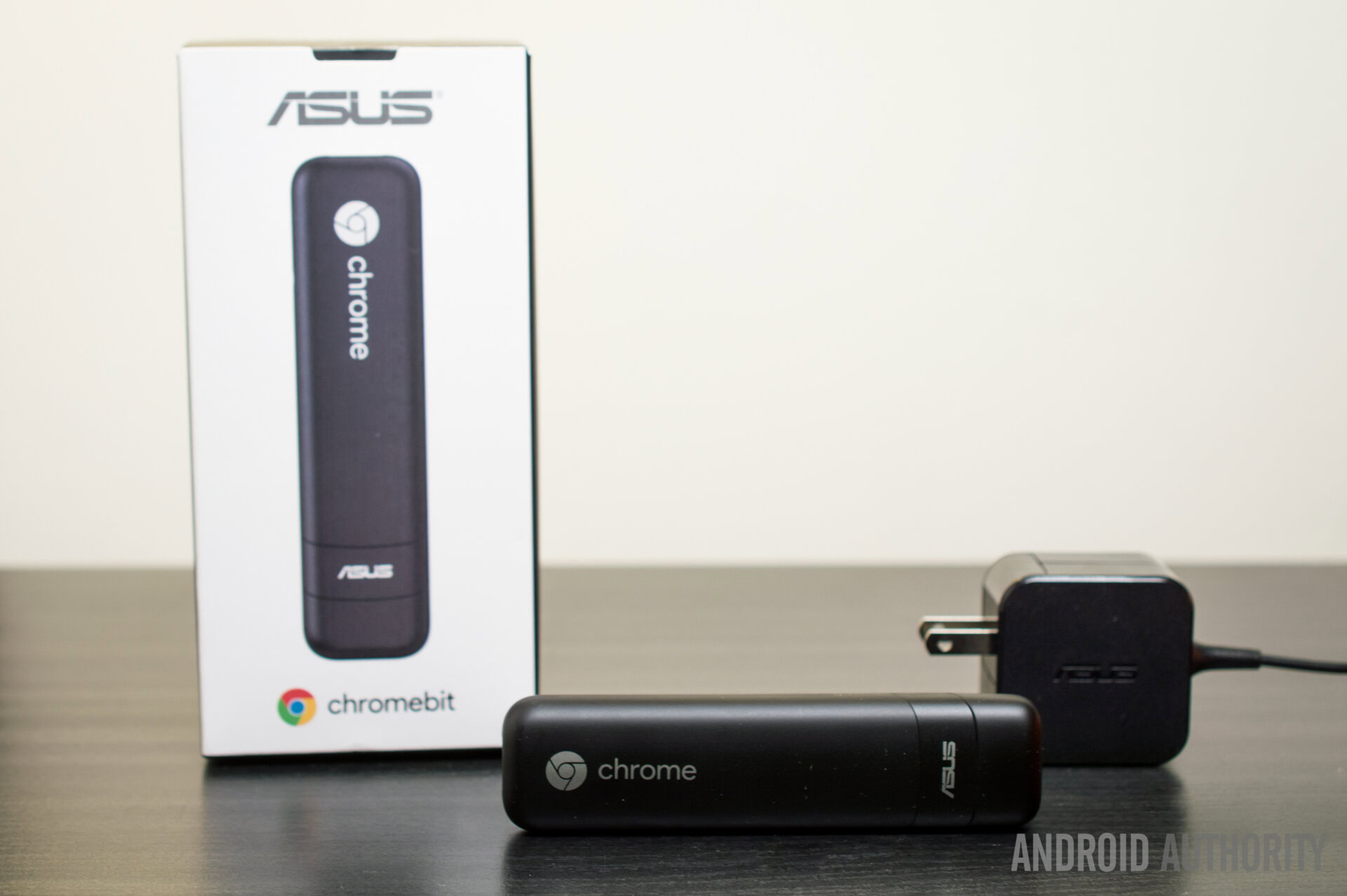
A casual user who simply wants to browse the web, visit social networks and stream movies/music will be satisfied. I can also see it being a great tool for public places (schools, hotels, libraries, etc.), as it is affordable and very easy to manage for IT departments. If you only need to use the web, don’t multi-task much and won’t need your traditional programs, this little dongle is great.
And the Chromebit definitely has its market, which is something I happen to be fond of… it has its purpose and place in the wide ecosystem of devices we own. I personally wouldn’t say the same about Chromeboxes, which sacrifice portability, screen and keyboard, yet cost about the same as a Chromebook. I just don’t see the point in that. But for $84.99, I can definitely get behind something like the ASUS Chromebit.
If you fit the category described above, it’s certainly a great buy. And at this price you would be hard-pressed to find anything better.